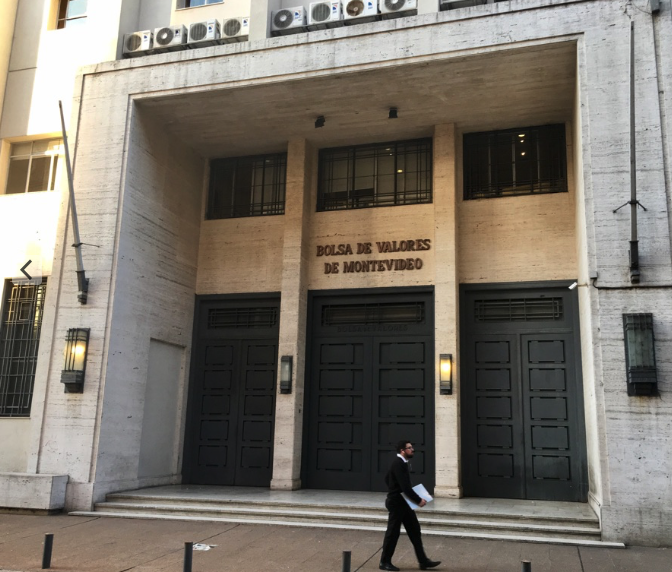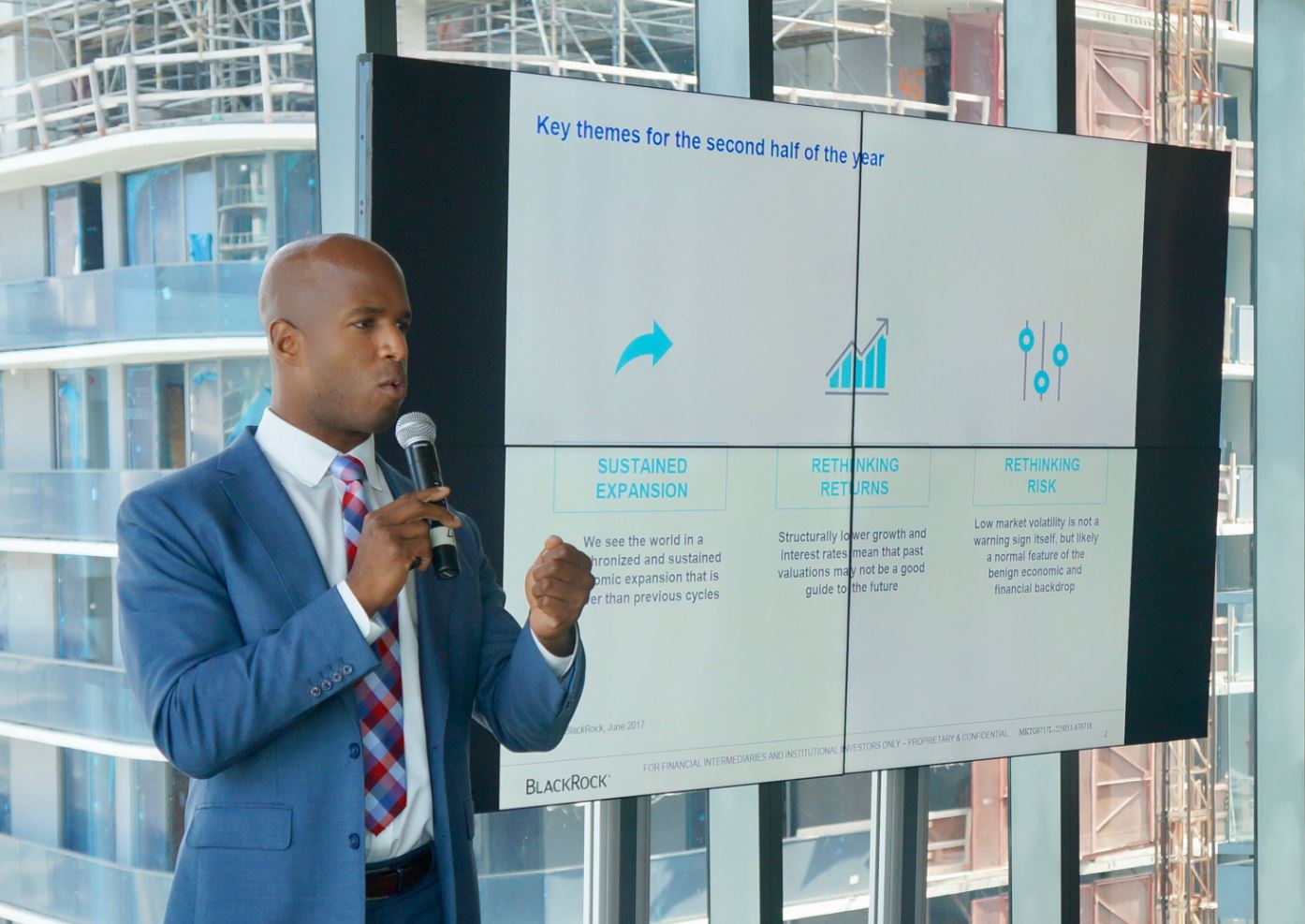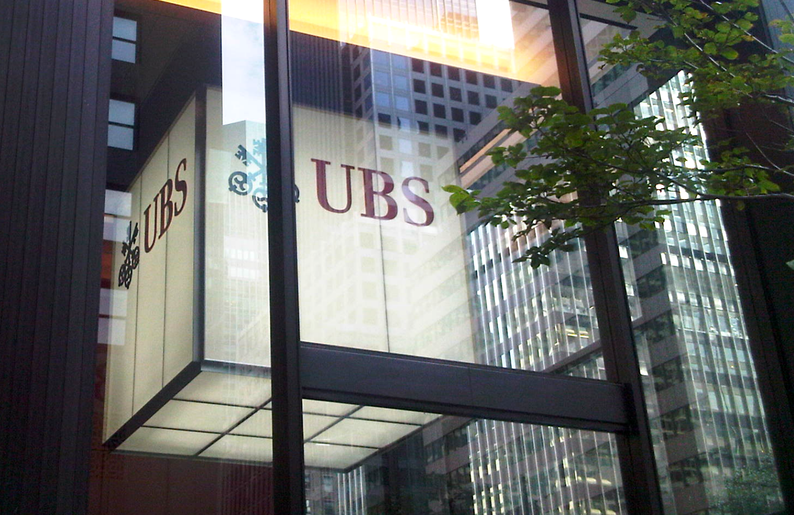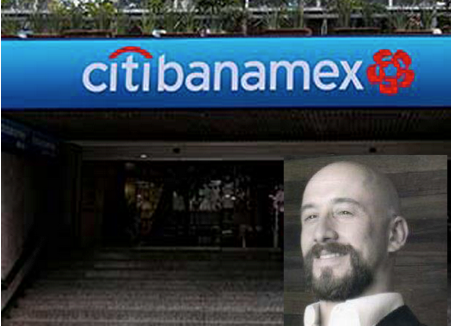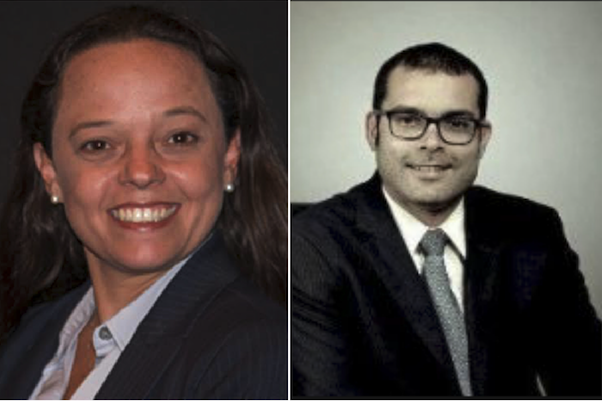Chile’s Pension Reform and Savings in Peru and Colombia: An Interview with AllianceBerstein’s Ignacio Fuenzalida
| By Magdalena Martínez | 0 Comentarios
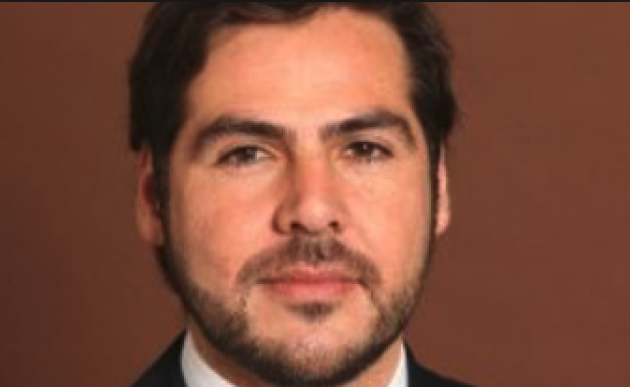
Ignacio Fuenzalida has just been appointed as AllianceBerstein’s Regional Director for Chile, Peru, and Colombia. His incorporation coincides with the opening of an office in Chile, which reinforces the firm’s presence in Latin America. Fuenzalida spoke with Funds Society about the region’s situation and AB’s projects.
What challenge does heading the Andean zone (Chile, Peru and Colombia) for AllianceBerstein pose for you?
“I’ve been entrusted with the task of making AB grow in this region. I believe we have a range of products which is capable of satisfying different types of clients in this region. And I think I have the tools to overcome that challenge. We have both institutional and retail clients and I believe that the diversification of the market is quite relevant. The number of players is very relevant. “
Chile is in the process of reforming its pension system, with some changes already known and others that are underway. What impact will these innovations have and how are they appraised?
The reform bill is still being discussed, but I think the reform takes care of emerging needs. We believe it’s important to increase future pensioners’ contributions and savings. And we hope that in the future we can satisfy those savings with adequate investments that allow pensioners’ returns to grow.”
Do you see it as a restriction or as an opportunity?
“We see that we are in line with other developed countries, which seek an increase in savings, and we believe that this increase will always mean a greater opportunity for us, as we have good products and focus on satisfying the client”.
The reform proposed by the Chilean government includes the creation of a state entity to manage part of the contributions: Will there be room in this sector for players like you?
“That remains to be seen, but at AllianceBerstein we are investment tool suppliers, and I am sure that, with our returns and variety, some of them will adjust to the needs of how these pensions are managed in future “.
The operations of two countries that are doing well economically, Peru and Colombia, are centralized in Chile: What are AB’s perspectives for these countries?
“We think they are countries that have good economic data, which have a fairly stable and sustained growth over time. We believe that this will continue and that the economies of Colombia and Peru (and also of Chile), will increase their rates of savings over time. And as these savings rates increase, the amount available for investing will grow. That is why we believe that we are going to be a very relevant player in the region, both for pensions and for the voluntary savings of non-pensioners. All the countries of the Andean region share similarities, the pension systems are quite uniform and their somewhat conservative investment practices are similar. That’s what poses a significant challenge.”
It is often pointed out that there is little tendency to save in Latin America, but you describe a future with an increase in savings in homes and institutions.
“This has to do with what we have seen that has happened in other countries. At present, the savings to income ratio is quite low, and is almost nil in some segments of the population. Fortunately, in these countries we have pensions as mandatory savings, and we believe we are heading towards an increase in the mandatory rate. But also, as countries grow and per capita incomes increase, we believe that the most basic needs are being met, and then we can move on to savings. Savings will be one of the things that are going to happen, because in these countries there are also idiosyncrasies of a certain order and both mandatory and voluntary savings will increase gradually.
Could you tell us about AB’s funds’ range?
“Perhaps AllianceBerstein was initially known for fixed income products, and there were quite traditional products such as High Yield and American Income (with a more conservative and a more aggressive part), which together have worked very well during the fund’s 22 year history. But its share of equity is presently very strong; we currently have about 30 funds which are ranked very well, with the highest rating and also four stars. Presently, I feel that I have several funds, more than ten, that I can offer clients because they adjust to their needs. “
AllianceBerstein, based in New York, is currently present in 21 countries, including Brazil, Argentina and Mexico. Globally, the firm has about $ 517 billion in assets under management.

